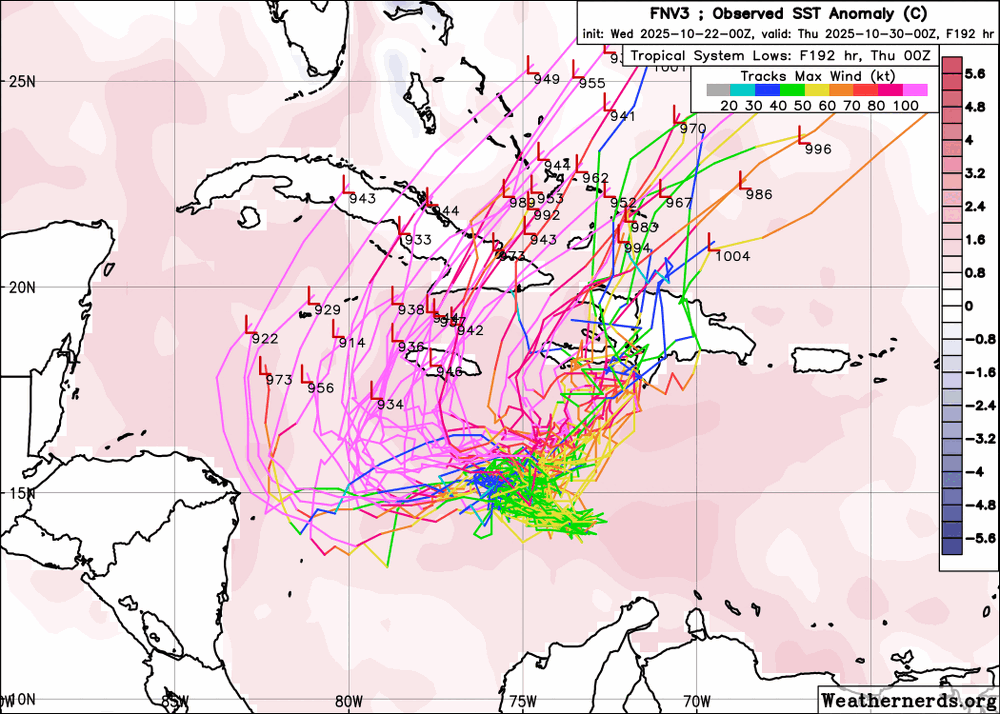-
Posts
974 -
Joined
-
Last visited
About jconsor

Contact Methods
-
Website URL
http://www.behindtheforecast.com
-
Skype
jconsor
Profile Information
-
Gender
Male
-
Location:
Jerusalem, Israel
Recent Profile Visitors
The recent visitors block is disabled and is not being shown to other users.
-
I agree with you in general. However, there is a timeframe that I think has more potential for a negative tilt, digging trough late next week into next weekend (Dec 11-14). This is the timeframe that both operational models and ensembles show the blocking retrograding from western Greenland to near Baffin Island and then into central Canada, and possibly linking up with western US ridging. The period when blocks retrograde and decay into Central Canada and then link up with western US ridging is the one when significant snowstorms are most likely in the coastal parts of the NE US. Now to clarify, I don't see the potential for a significant (6"+ snowstorm) for the I-95 corridor from NYC to BOS. But my point is that the pattern does match periods which are more favorable for significant coastal storms along with sufficient cold air for snow. Given the northern stream/clipper dominated pattern and the troughs turning negative tilt relatively late, snowfall would be most favored across far northern NY and northern New England, but eastern Long Island to SE New England also climatologically can do well in these types of events if they dig far enough south. The ECMWF and (to a degree) the GEM both show the above-mentioned blocking and negative tilt/digging trough trends late next week into next weekend.
-
I agree that the -WPO will remain the most dominant influence on the cold through mid-Dec. However, there are increasing indications that in the 10-15 day period (Dec 13 and beyond), the center of the most anomalous ridging will shift significantly NE from the Kamchatka Peninsula/western Bering Sea to the Bering Strait, with the eastern extent of positive anomalous also shifting notably eastward into AK and even parts of the Northwest Territories. Combined with the increased negative anomalies north/NE of Hawaii and below normal heights over the NE US, that suggests a -EPO. This more eastward position of the ridging could theoretically allow the most anomalous cold air to be directed toward the NE US beyond Dec 15, though the lack of ridging over Greenland and the relatively northward position of the polar vortex indicated by the guidance e.g. north of Hudson Bay (I am mainly speaking about EPS and GEPS) would counteract this.
-
I hear your point about the dangers of oversimplying ENSO-PNA relationships, Don, and wholeheartedly agree. However, from my perspective there is increasing evidence the PNA will average neutral overall (with some periods of slightly positive PNA, especially Dec 7-9 and Dec 14-20) the second and third weeks of Dec. True, the EPS pattern days 3-7 and 11-15 is not fully in line with a canonical +PNA (the positive anomalies are shifted south and west vs. the typical position over western Canada and the NW US, the negative anomalies are concentrated over SE Canada and the NE US vs. the mid-Atlantic and SE US, and the upstream negative anomalies are in the e. Gulf of Alaska vs. the typical position further SW in the north-central Pacific). However, both the EPS and GEPS have been trending toward a more neutral PNA in most of the next two weeks (e.g. Dec 7-10 and Dec 14 and beyond). The charts you showed were from the GEFS, which has the most -PNA (and SE US ridge) biased of all the models recently. Also, looking at the EPS individual members it is evident that a few members with a highly negative PNA are skewing the mean downward Dec 14 onward. A slightly majority of members (about 55-60%) actually show a +PNA during that timeframe! The GEPS is not as aggressive, but still has about 40-50% of members showing a +PNA in the same timeframe. Regarding the last third of Dec, there is too much uncertainty to comment much on that period. While I favor the SE US ridge returning to a degree, I am skeptical of the strength of the NW/N-central US trough and SE US/W Atlantic ridge shown in the past two EPS long-range runs.
-
Some thoughs on ENSO heading into next hurricane season: https://x.com/yconsor/status/1986046871349936133
-
Very impressively backloaded hurricane season this year. Here are some stats: https://x.com/yconsor/status/1983980828268097557
-

Major Hurricane Melissa - 892mb - 185mph Jamaica landfall
jconsor replied to GaWx's topic in Tropical Headquarters
Severe damage in Montego Bay: https://x.com/rj_smith_3/status/1983506193994666304 -

Major Hurricane Melissa - 892mb - 185mph Jamaica landfall
jconsor replied to GaWx's topic in Tropical Headquarters
The part of SE Cuba expected to be hit hardest (Santiago de Cuba) has very little precedent for Cat 3s, and none for Cat 4s: https://x.com/yconsor/status/1983236668933988715 -

Major Hurricane Melissa - 892mb - 185mph Jamaica landfall
jconsor replied to GaWx's topic in Tropical Headquarters
Unlikely it gets closer than Andros Island in the Bahamas. Only way I could see Melissa getting really close to FL is if the day 7 trough/cutoff low misses it and it lingers somewhere from Cuba south into the NW Caribbean, *or* if it dives WSW and gets so far south (e.g. near Nicaragua/Honduras border) that by the time that trough picks it up it ends up near FL while turning NE. Both are highly unlikely in my view, but the past few KMA runs (not a reliable model) have shown something like one of these two scenarios. -

Major Hurricane Melissa - 892mb - 185mph Jamaica landfall
jconsor replied to GaWx's topic in Tropical Headquarters
The westward trend continues. Very few members going east of Cuba now, with a substantial increase in the number of members west of 80W by next Wed. -

Major Hurricane Melissa - 892mb - 185mph Jamaica landfall
jconsor replied to GaWx's topic in Tropical Headquarters
There are quite few analogs for the time of year and Melissa's expected path and intensity. https://x.com/yconsor/status/1980991500482994204 -

Major Hurricane Melissa - 892mb - 185mph Jamaica landfall
jconsor replied to GaWx's topic in Tropical Headquarters
Notable left trend on FNV3 (Google DeepMind ensemble) from 12z run yesterday to today's 6z run - both in terms of the the members that show a sharp NE curve into Hispaniola being further west (Haiti vs. DR) and a lot more members turning west into the NW Caribbean -

Major Hurricane Melissa - 892mb - 185mph Jamaica landfall
jconsor replied to GaWx's topic in Tropical Headquarters
With 98L's increased organization in the past 12 hours, the hurricane models finally seem to be getting a better handle on its track and intensification. https://x.com/yconsor/status/1980253973345923256 -

Major Hurricane Melissa - 892mb - 185mph Jamaica landfall
jconsor replied to GaWx's topic in Tropical Headquarters
AIFS seems off showing too much of a hole in the W Atl ridging N/NW of 98L. The other ML models don't support its scenario of 98L curving sharply NE toward Hispaniola. https://x.com/yconsor/status/1979887548240650357 -
Erin left a heck of a cold wake across the nw Atlantic, while the ENSO regions have cooled dramatically past two weeks. How will this influence Atlantic hurricane activity this month, and what are the two areas I am watching besides the E. Atl system? I go into depth on the large-scale factors for the next few weeks including Sep analogs, while looking at the "elephant in the room" that is being largely ignored IMHO because most tropical enthusiasts are focusing on the East Atlantic system. https://hurricanehacker.substack.com/p/the-times-they-are-changin
-
Please post the link for the vertical instability graphic. Thanks


.thumb.gif.c4a17bc6246d67b445f0ae7171c4a7d1.gif)
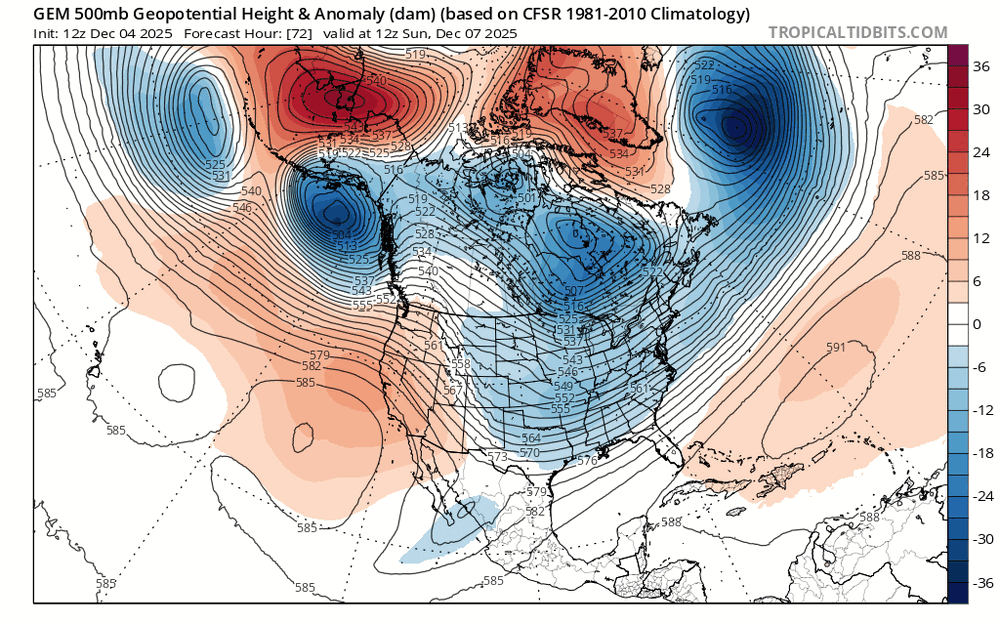


.gif.a7b5443c643c60e78590fb210957cf8c.gif)
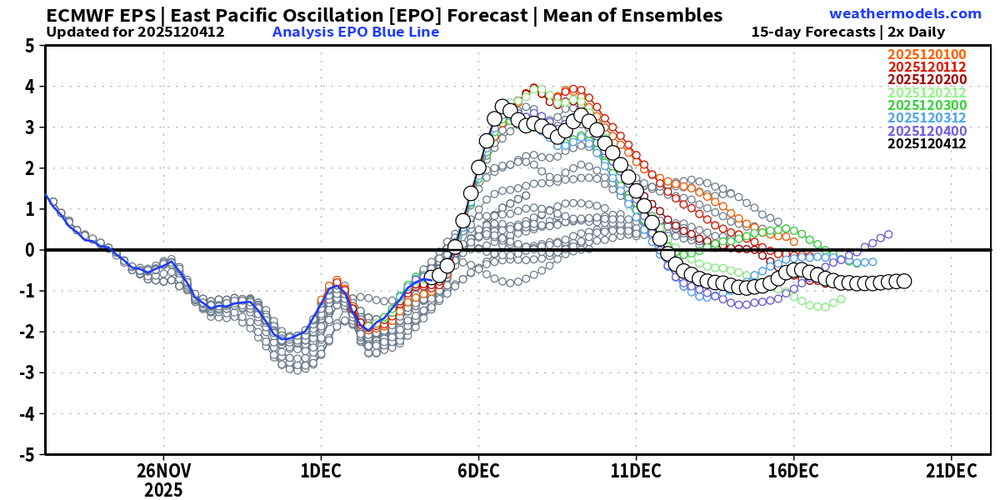
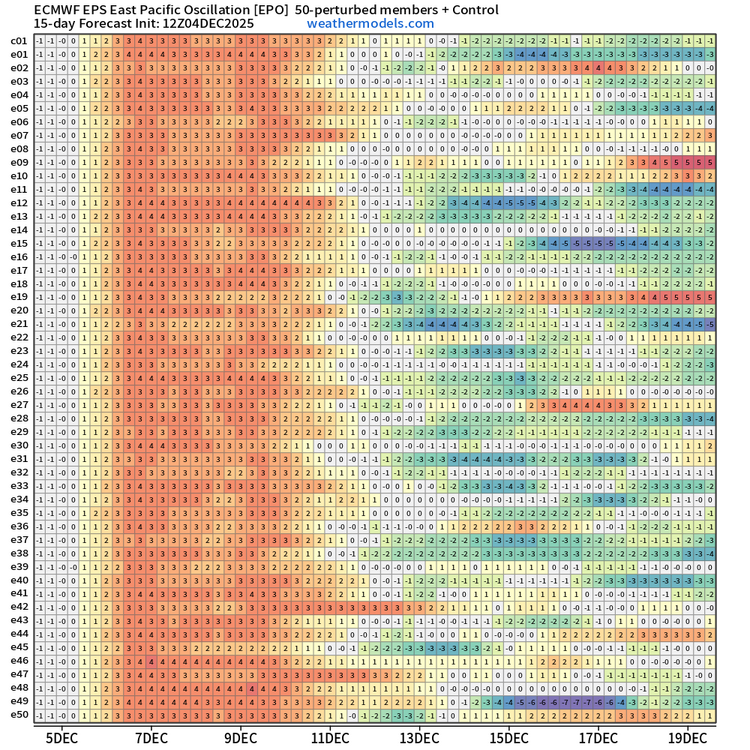


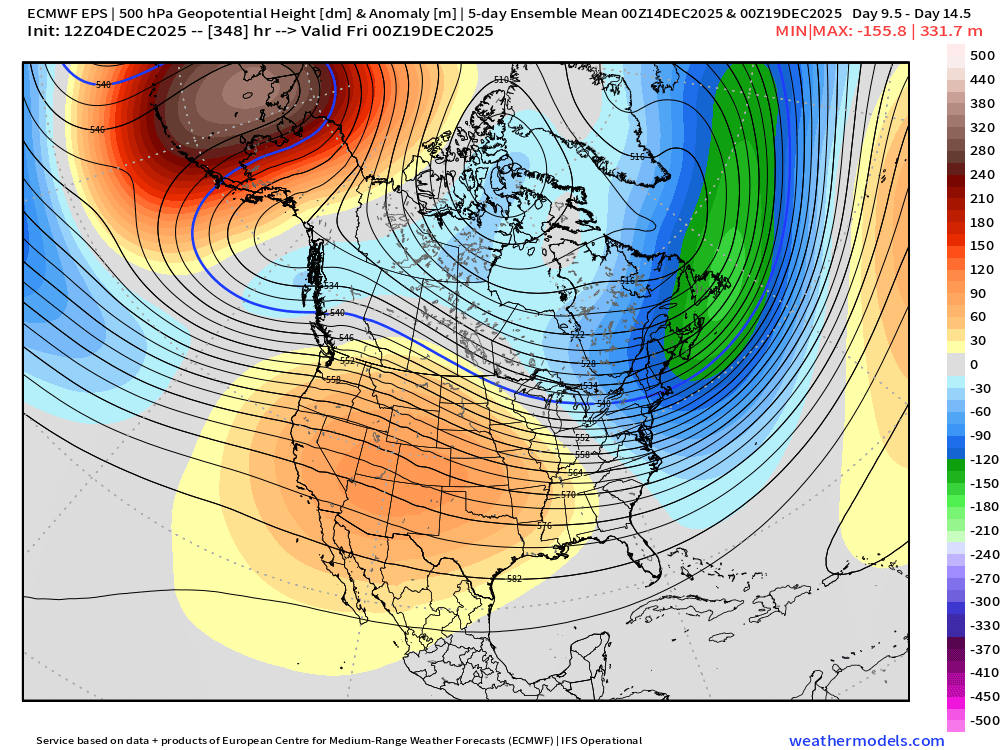
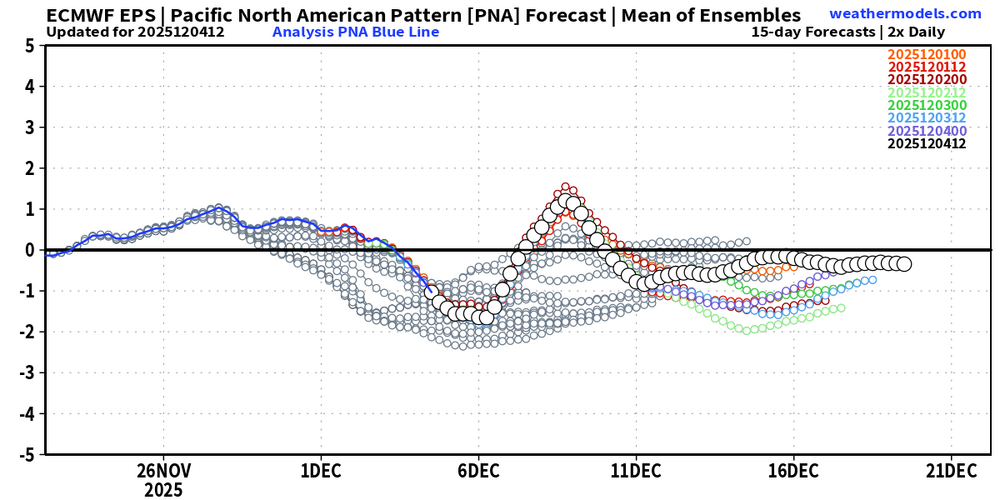



.thumb.gif.c231d3ed69c3691e578abcb4b99b6498.gif)
